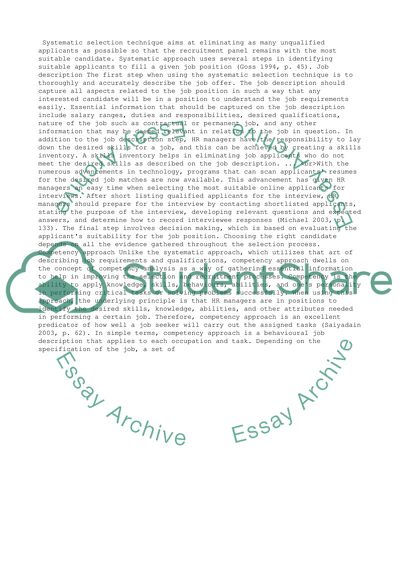Cite this document
(“Business: Techniques and Approaches in Selection Methods Essay”, n.d.)
Business: Techniques and Approaches in Selection Methods Essay. Retrieved from https://studentshare.org/business/1399243-people-resourcing-exam-questions
Business: Techniques and Approaches in Selection Methods Essay. Retrieved from https://studentshare.org/business/1399243-people-resourcing-exam-questions
(Business: Techniques and Approaches in Selection Methods Essay)
Business: Techniques and Approaches in Selection Methods Essay. https://studentshare.org/business/1399243-people-resourcing-exam-questions.
Business: Techniques and Approaches in Selection Methods Essay. https://studentshare.org/business/1399243-people-resourcing-exam-questions.
“Business: Techniques and Approaches in Selection Methods Essay”, n.d. https://studentshare.org/business/1399243-people-resourcing-exam-questions.


